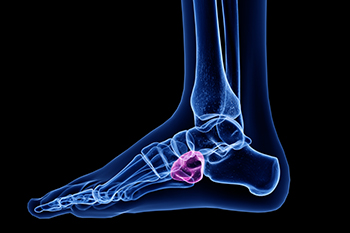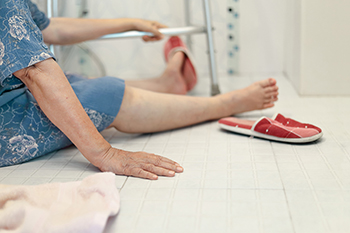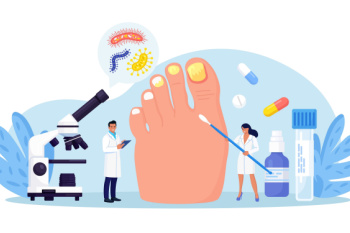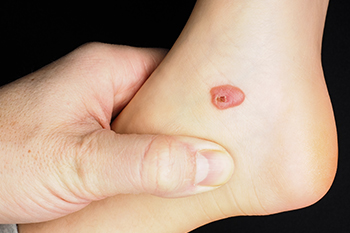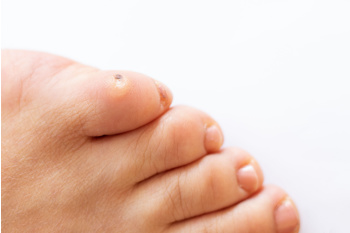
Corns form in the feet when skin is subjected to continuous pressure or friction, commonly on the toes and soles. At first, the skin thickens, creating a callus. But persistent pressure can transform this into a painful corn, which can be recognized by a raised, yellowish-beige surface and a defined hard core. Corns between toes are often softer and whitish due to moisture. Causes include wearing tight shoes, foot deformities, and joint diseases, which heighten pressure on specific areas. Risk increases with age and dry skin. Recognizing a corn is straightforward, but differentiation from similar issues like warts may require a podiatrist’s expertise. Effective treatment involves eliminating the source of the pressure, wearing shoes that fit properly, and possibly using pads or insoles. Removing a corn yourself is discouraged, as unsafe conditions can prompt an infection. If you have painful corns on the feet or toes, it is suggested that you schedule an appointment with a podiatrist for an exam, diagnosis, and treatment.
If you have any concerns regarding your feet and ankles, contact one of our podiatrists of Foot and Ankle Clinics, PA. Our doctors will treat your foot and ankle needs.
Corns: What Are They? and How Do You Get Rid of Them?
Corns can be described as areas of the skin that have thickened to the point of becoming painful or irritating. They are often layers and layers of the skin that have become dry and rough, and are normally smaller than calluses.
Ways to Prevent Corns
There are many ways to get rid of painful corns such as wearing:
- Well-fitting socks
- Comfortable shoes that are not tight around your foot
- Shoes that offer support
Treating Corns
Treatment of corns involves removing the dead skin that has built up in the specific area of the foot. Consult with Our doctors to determine the best treatment option for your case of corns.
If you have any questions please feel free to contact our offices located in Woodbury, West St. Paul, and Edina, MN . We offer the newest diagnostic and treatment technologies for all your foot and ankle needs.
